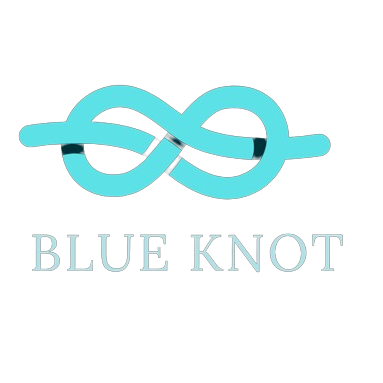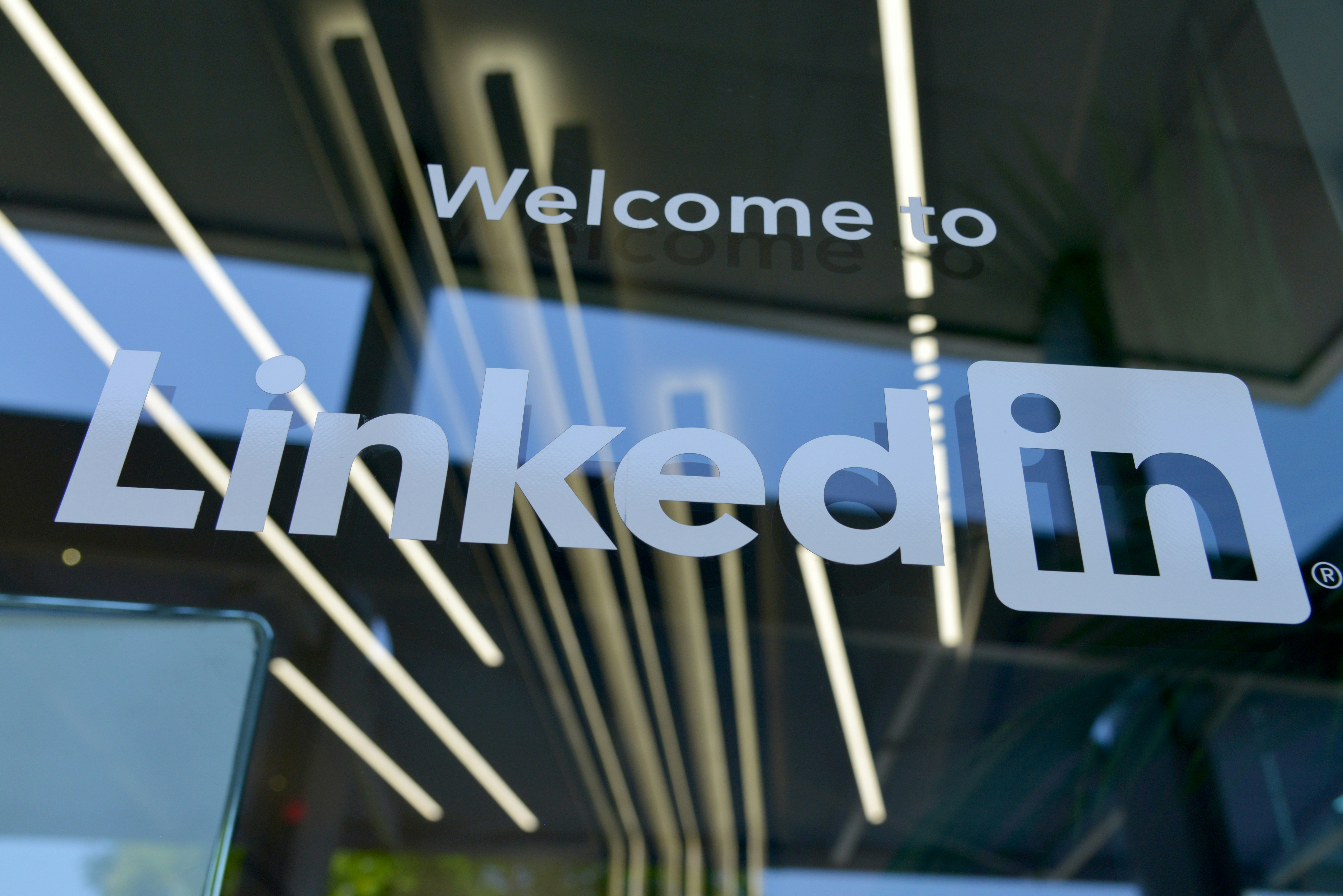How to Create a Successful LinkedIn Social Media Strategy for Brands
Understanding Your Audience and Setting Clear Objectives
Creating a successful LinkedIn social media strategy begins with a deep understanding of your target audience. Identifying your ideal clients or customers involves examining their job roles, industries, and the types of content they find valuable. Tools such as LinkedIn Analytics, market research, and customer feedback are instrumental in gathering this data. LinkedIn Analytics, in particular, offers insights into your audience demographics, including job titles, seniority, and industry sectors, which can help you tailor your content to meet their interests and needs.
Market research complements these insights by providing a broader understanding of industry trends and competitor strategies, while customer feedback offers direct insights into what your audience values and expects from your brand. Combining these data sources gives you a comprehensive picture of your audience, allowing you to create content that resonates with them and fosters engagement.
Once you have a clear understanding of your audience, the next step is to set clear, measurable objectives for your LinkedIn strategy. These objectives should align with your overall business goals and could include increasing brand awareness, generating leads, driving website traffic, or establishing thought leadership. Setting specific objectives helps focus your efforts and provides a framework for measuring success.
To effectively measure the success of your objectives, define Key Performance Indicators (KPIs) such as engagement rates, follower growth, or conversion rates. Engagement rates can be tracked through metrics like likes, comments, and shares, while follower growth indicates the expanding reach of your brand. Conversion rates, on the other hand, measure how well your LinkedIn efforts are turning connections into leads or customers.
By understanding your audience and setting clear objectives, you lay the foundation for a LinkedIn social media strategy that is both targeted and effective. This approach ensures that your efforts are aligned with business goals and that you can track and optimize performance over time.
Creating and curating high-quality content is a pivotal aspect of a successful LinkedIn social media strategy for brands. On LinkedIn, content must be professional, engaging, and relevant to your target audience. To achieve this, begin by developing a content calendar that meticulously outlines the type of content to post, optimal posting times, and specific days for each type of content. This strategic approach ensures consistency and maximizes audience engagement.
A well-rounded content calendar typically includes a mix of various content types. Industry news, for instance, keeps your audience informed about the latest developments in your field, establishing your brand as a credible source of information. Company updates can foster a sense of community and transparency, keeping your audience engaged and invested in your brand. Thought leadership articles are instrumental in showcasing your brand’s expertise and unique perspectives, positioning your brand as an industry leader.
Incorporating engaging multimedia content such as videos and infographics can significantly enhance audience interaction. Videos, whether they are short clips or longer, in-depth pieces, can convey complex information in a more digestible and engaging manner. Infographics, on the other hand, are excellent for presenting data and statistics in a visually appealing format.
Leveraging LinkedIn’s native features can further amplify your content’s reach and impact. LinkedIn Pulse allows you to publish long-form articles directly on the platform, expanding your brand’s visibility and establishing thought leadership. LinkedIn Stories provide a more ephemeral content option, ideal for sharing behind-the-scenes glimpses or quick updates that can humanize your brand and foster a more personal connection with your audience.
Additionally, curating content from reputable sources can add significant value to your LinkedIn strategy. Sharing articles, reports, or insights from other respected industry players demonstrates that your brand is up-to-date with industry trends and is committed to providing comprehensive, well-rounded information to your audience. This not only enriches your content mix but also positions your brand as a knowledgeable and reliable resource.
Engaging with Your Audience and Measuring Success
Engagement is a cornerstone of a strong LinkedIn presence. Actively participating in conversations by responding to comments, joining relevant LinkedIn Groups, and interacting with content from other users and brands is essential. This not only fosters a sense of community but also positions your brand as an active and engaged member of your industry. Respond to comments in a timely manner, and encourage discussions by asking questions and sharing insights. Your active participation can build stronger relationships with your audience and increase brand loyalty.
LinkedIn’s advanced search features are invaluable for connecting with industry leaders and potential clients. Use these tools to identify and follow key influencers, thought leaders, and potential business partners. Join LinkedIn Groups that are relevant to your industry to stay updated with the latest trends and participate in discussions. This proactive approach can significantly expand your network and increase your brand’s visibility.
Measuring the success of your LinkedIn strategy is crucial to understanding what works and what needs adjustment. Regularly analyze metrics such as engagement rates, follower growth, and lead generation to gauge your performance. LinkedIn Analytics provides a wealth of data, including insights into your audience demographics, engagement metrics, and content performance. Complement this with data from Google Analytics and third-party social media management platforms for a comprehensive view of your strategy’s effectiveness.
Use these insights to refine your LinkedIn strategy continually. Identify which types of content resonate most with your audience and allocate more resources to those areas. Conversely, if certain tactics are not yielding the desired results, be prepared to make adjustments. The key to a successful LinkedIn strategy is flexibility and a willingness to adapt based on data-driven insights. By focusing on engagement and regularly measuring your success, you can build a robust LinkedIn presence that drives meaningful results for your brand.



